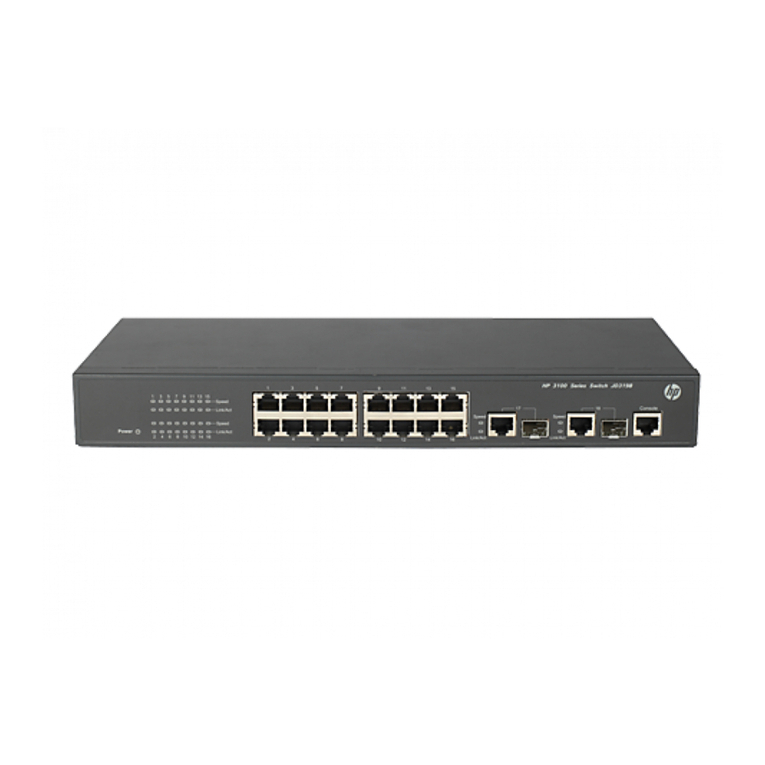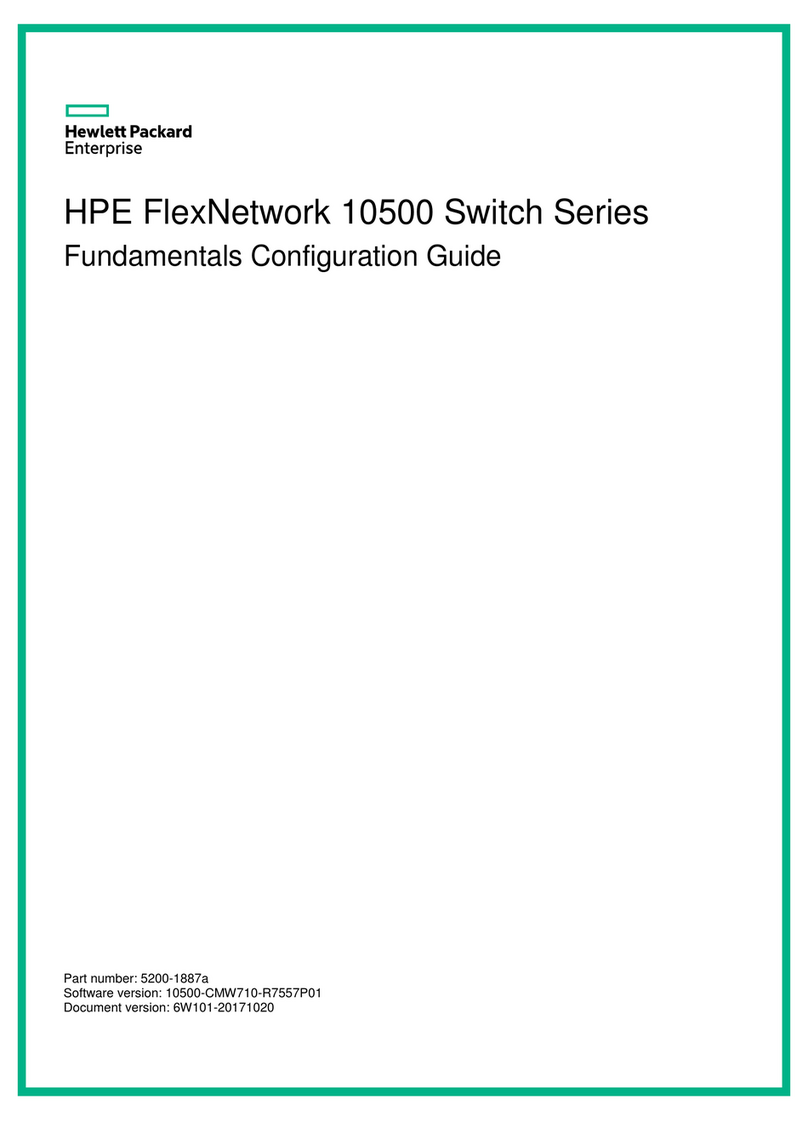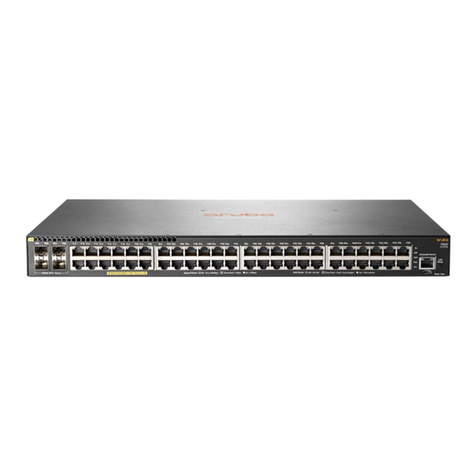
i
Contents
IRF overview···································································································1
Hardware compatibility·······································································································································1
IRF benefits························································································································································1
Application scenario···········································································································································1
Basic concepts···················································································································································2
IRF member roles ······································································································································2
IRF member ID···········································································································································2
IRF port······················································································································································2
Physical IRF port········································································································································3
IRF domain ID············································································································································3
IRF split······················································································································································3
IRF merge··················································································································································4
Member priority··········································································································································4
Interface naming conventions····························································································································4
File system naming conventions························································································································5
Configuration synchronization mechanism ········································································································5
Master election···················································································································································6
IRF multi-active detection ··································································································································6
Multi-active handling procedure·················································································································6
LACP MAD·················································································································································7
BFD MAD···················································································································································8
ARP MAD···················································································································································9
Configuring IRF·····························································································11
General restrictions and configuration guidelines····························································································11
Software requirements·····························································································································11
IRF link redundancy·································································································································11
IRF physical port restrictions and cabling requirements ··········································································11
IRF port binding restrictions·····················································································································12
MAD·························································································································································13
FIPS mode requirement···························································································································13
Other configuration guidelines ·················································································································13
Setup and configuration task list······················································································································14
Planning the IRF fabric setup···························································································································15
Assigning a member ID to each IRF member switch·······················································································15
Specifying a priority for each member switch ··································································································16
Connecting physical IRF ports·························································································································16
Binding physical ports to IRF ports ··················································································································17
Accessing the IRF fabric··································································································································18
Accessing the CLI of the master switch···································································································19
Accessing the CLI of a subordinate switch ······························································································19
Assigning an IRF domain ID to the IRF fabric··································································································19
Configuring a member switch description········································································································20
Configuring IRF link load sharing mode···········································································································20
Configuring the global load sharing mode································································································20
Configuring a port-specific load sharing mode·························································································20
Configuring IRF bridge MAC persistence ········································································································21
Enabling software auto-update for system software image synchronization ···················································22
Setting the IRF link down report delay·············································································································22
Configuring MAD··············································································································································23
Configuring LACP MAD ···························································································································24
Configuring BFD MAD······························································································································25
Configuring ARP MAD ·····························································································································26
Excluding a port from the shutdown action upon detection of multi-active collision·································27
Recovering an IRF fabric ·························································································································28
Displaying and maintaining an IRF fabric ········································································································29
Configuration examples ···································································································································30































